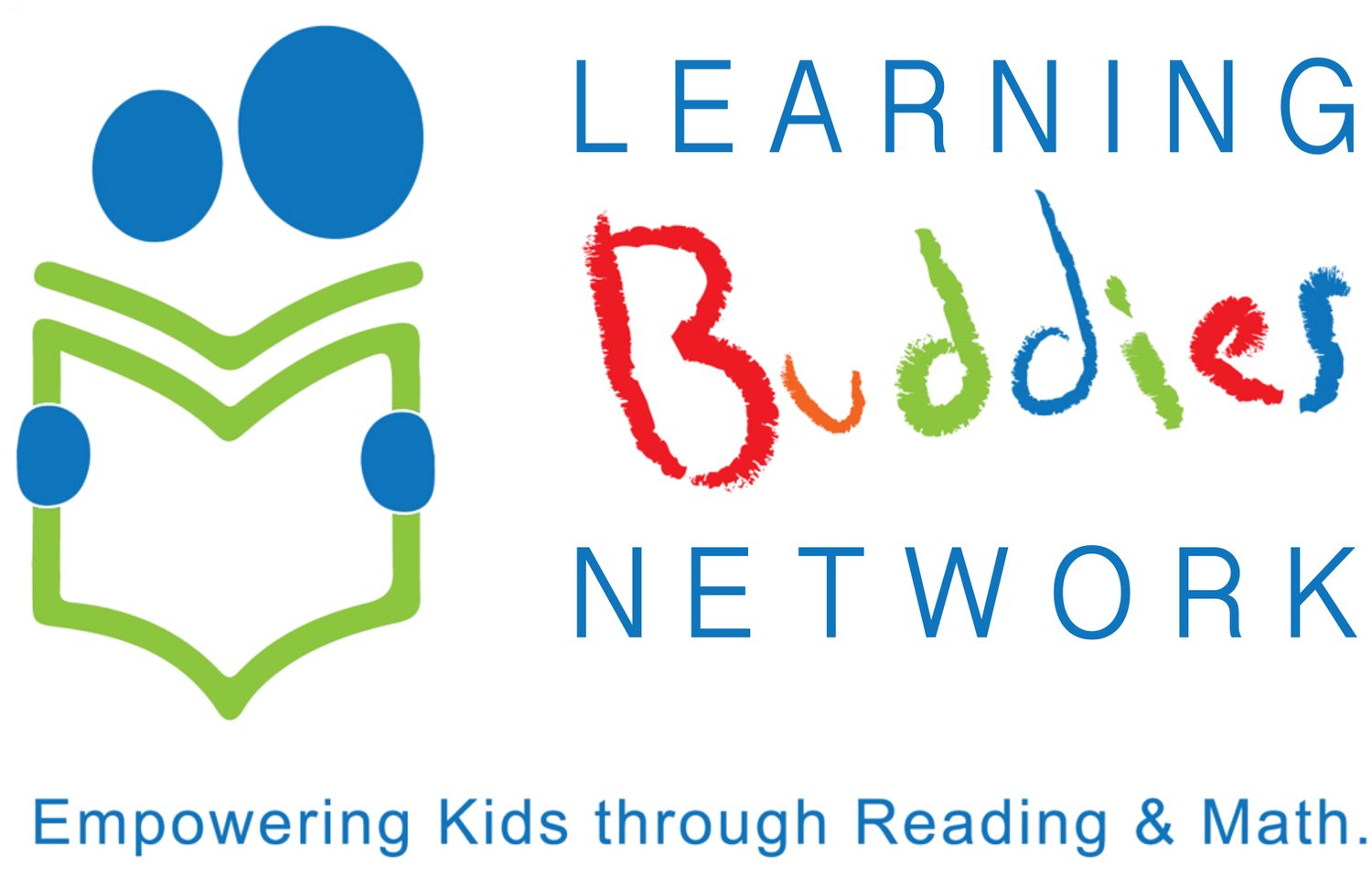Maintaining Good Health
By Christian San Juan
“Health is wealth”. What does it mean to be healthy? For some, this could mean eating their fruits and veggies. For others, this could mean spending quality time with family and friends, simply enjoying life, and being happy. We’ll explore some health tips and research findings that I learned from a lecture in Health Psychology by Dr. David King.
The World Health Organization (WHO) defines health as “a state of complete physical, mental, and social well-being”. What exactly does “complete”mean? Regardless of how researchers define “complete”, there are many ways we can maintain our physical, mental, and social-well being. Here are four things that stood out to me in a lecture by Dr. King titled The Means to Success: Coping & Stress Management.
1: Ayşenur, Unsplash
2: Thomas Kelley, Unsplash
The influence of social networks.
A longitudinal research study conducted over a 20 year span (Fowler & Christakis, 2008) found that people are happier when they surround themselves with happier people! In fact, the study found that your happiness can impact others’ happiness - up to the friends of your friends’ friends! Dr. King mentions that other studies show similar results for tastes, wealth, weight, beliefs, and many other aspects. You may ask, does this mean my happiness can affect the happiness of someone I’ve never met? Yes! Happiness is contagious! Be happy, greet people with a smile and let’s all be positive - it’s good for our health and well-being too :)
Interact with animals!
Research on Human-Animal Interaction, or HAI, (Beetz et al., 2012) showed that interacting with animals/pets helps reduce blood pressure, improve cardiovascular health, and lower anxiety and fear. The authors also found HAI alleviates the impact of stress, increases oxytocin levels (a bonding hormone), and enhances relationship trust. Research has also shown that HAI aids learning, motivation, and classroom engagement in schools (Gee et al., 2017) - an interesting consideration for educators.
Get outside and go green!
Being in green areas is good for us! A meta-analysis (Twohig-Bennett & Jones, 2018) showed that exposure to greenspaces (eg. parks, gardens, trees, etc.) is linked to reductions in heart rate, blood pressure, and salivary cortisol (a stress hormone). Greenspaces also exposes us to a variety of microorganisms that contribute to healthy immune system functioning (old friends hypothesis), and gives us the valuable opportunity to engage in outdoor physical activity.
A key consideration for families is a relatively new term called the “nature-deficit disorder”. This term was developed by Richard Louv, author of a book called Last Child in the Woods. Louv explains that the rise of technology, limited access to natural spaces, and many other factors have negatively affected people’s health and well-being. What can we do to change this? Be outdoors and explore nature! In particular, it is especially important for children to spend more time outdoors in nature. You can read about the nature deficit disorder in Louv’s blog and on this page.
Practice mindfulness.
The results of a couple meta-analyses, one consisting of participants with a range of disorders (Khoury et al., 2013) and another consisting of healthy individuals (Khoury et al., 2015) showed that mindfulness-based practices were moderately effective in alleviating the effects of depression, anxiety, and stress. Consider taking some time out of your day to relax, calm your body, and pay attention to how you feel. In the midst of our busy lives, mindfulness trains us to be in the present and enjoy life to its fullest.
Special thanks to Dr. David King, professor of psychology at UBC, for allowing me to incorporate content from his lecture slides into my article.


